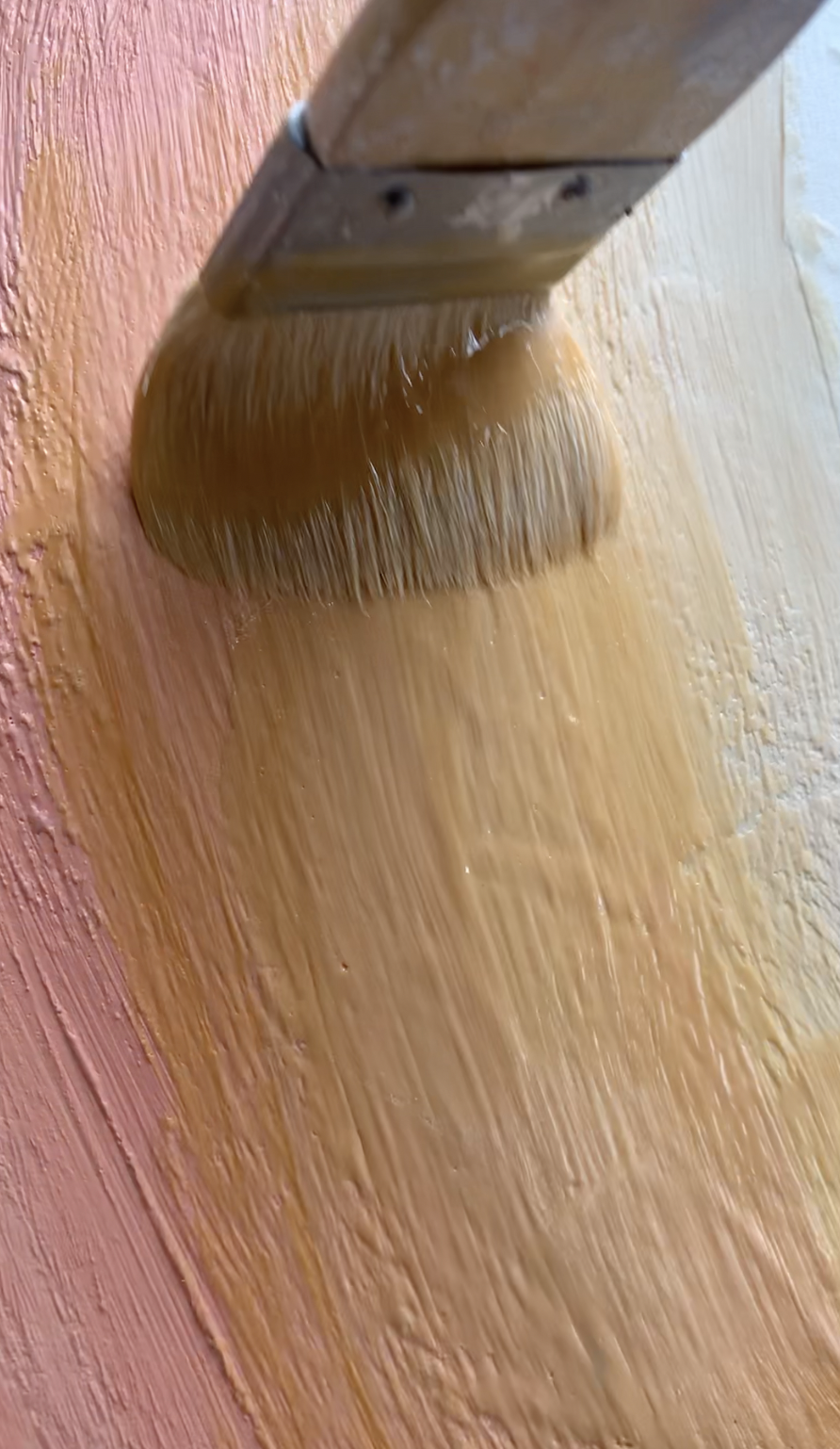about encaustics
Encaustic, or hot wax, painting is a process dating back to Ancient Greece. (The word encaustic has its roots in Greek meaning, “to heat or burn in.”)
Encaustic medium is made up of beeswax and a small amount of damar resin (crystalized tree sap). This medium is solid at room temperature and must be melted to be used. It can be used alone or mixed with pigment. I use powdered pigments and ground earth pigments with my encaustic medium.
I then apply the paint to the substrate (I use wood) in its molten form. As soon as the paint leaves the heated palette it begins to cool and harden. I build up many layers of pigmented, translucent and opaque medium. Each layer must be heated to fuse it to the layer beneath it.
I use blow torches and heat guns to fuse and manipulate every layer of encaustic on the surface of each piece.
I often use a variety of other techniques and materials to complete each piece. Some of these techniques and materials include: shellac burns, carving/inlay, metal leaf, and ink.
caring for your encaustic
Adding damar resin to the beeswax raises the melting point to 180-200 degrees Fahrenheit. It will not melt in a typical indoor environment, however it is best to keep encaustic paintings out of strong, direct sunlight and away from direct heat sources to prevent softening (do not leave a painting in a hot car). It is also best to avoid temperatures below freezing for any sustained time as the wax can turn brittle and potentially crack. If properly cared for encaustic paintings can last for hundreds, even thousands, of years (the oldest surviving encaustic paintings are from ancient Egypt and date back to 100-300 A.D.)
